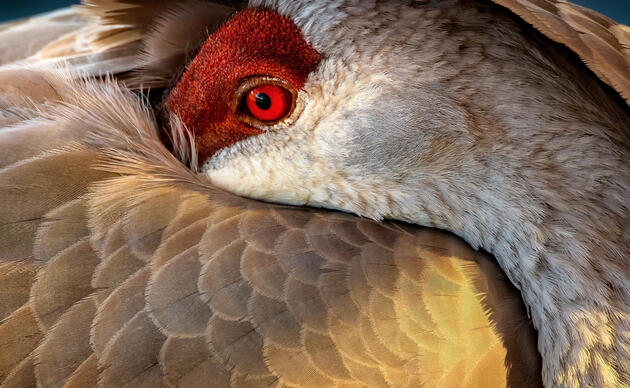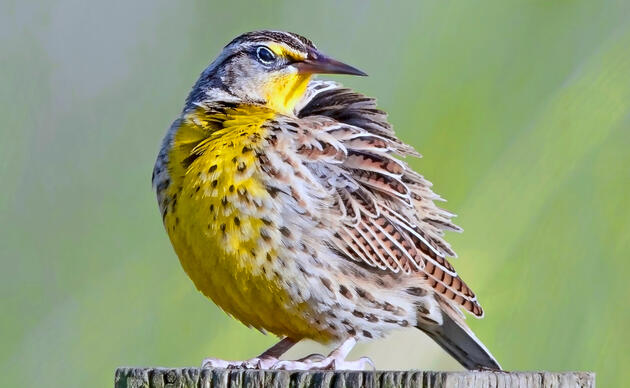In early spring, one of the first migratory species to arrive in the eastern United States is the American Woodcock. Also known as the timberdoodle, this quirky shorebird is best observed engaging in its famously unique courtship displays at sundown during March and April. However, for the rest of the day and for much of the year, this odd springtime visitor remains a mystery to birdwatchers and scientists alike, especially in Nebraska.
Over the past three years, research undertaken by Audubon Great Plains in partnership with the Nebraska Game and Parks Commission has revealed fascinating and previously unknown migratory behaviors of American Woodcock at the extreme western edge of their continental range. The findings from this work were recently published in the peer-reviewed international journal Wader Study. This study, titled “The outsiders: American Woodcock movements and migratory patterns in the Great Plains of North America,” describes the migratory behaviors of woodcock as they travel through (or remain for the summer) in Nebraska. Using advanced GPS satellite transmitters, researchers were able to track timberdoodles both within the state and beyond as they traversed the continent.
Most woodcock are in Nebraska for only a brief period from March through mid-April, with individuals lingering for two to three weeks. Interestingly, some of these birds will even attempt to breed during their stay in Nebraska, although the ultimate success rate of these breeding attempts appears low. Most birds eventually depart to the vast northern forests of Minnesota, Manitoba, and Ontario for the rest of the breeding season and remain there through the summer. Fall migration occurs late for this species, with birds heading south by late October, stopping for short durations in Nebraska before concluding their migrations in Texas, Oklahoma, and Louisiana.
Through this research, we have been able to definitively connect timberdoodles in Nebraska to the rest of the continental population and define their summering grounds, wintering grounds, and learn important information about spring stopover locations and breeding sites. This work also sheds light on the shifting landscapes throughout the Great Plains, and by consequence the changing bird communities. As their name might suggest, woodcock are a forest-breeding species typically found in woodland habitats throughout the eastern US and Canada. As Nebraska was historically dominated by prairies, the presence, breeding, and connections to established populations indicate that timberdoodles and other forest-obligate species are gaining a foothold in the Great Plains.




